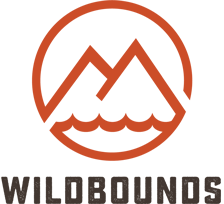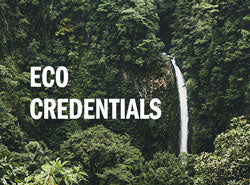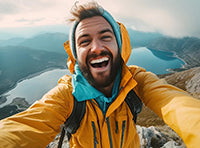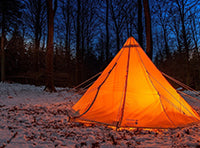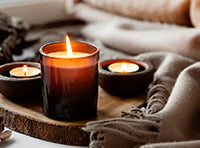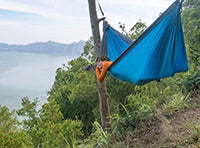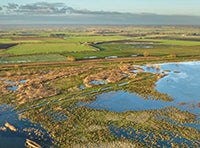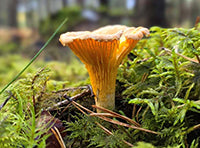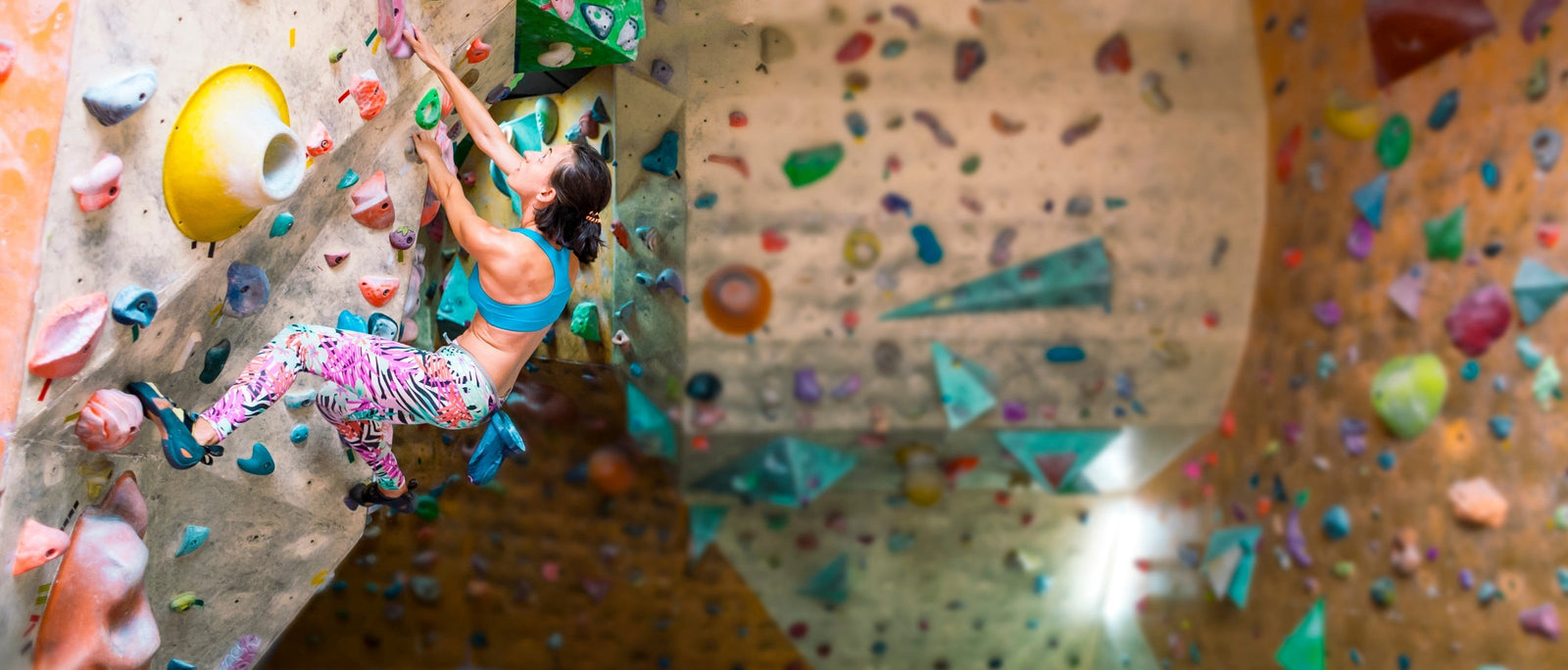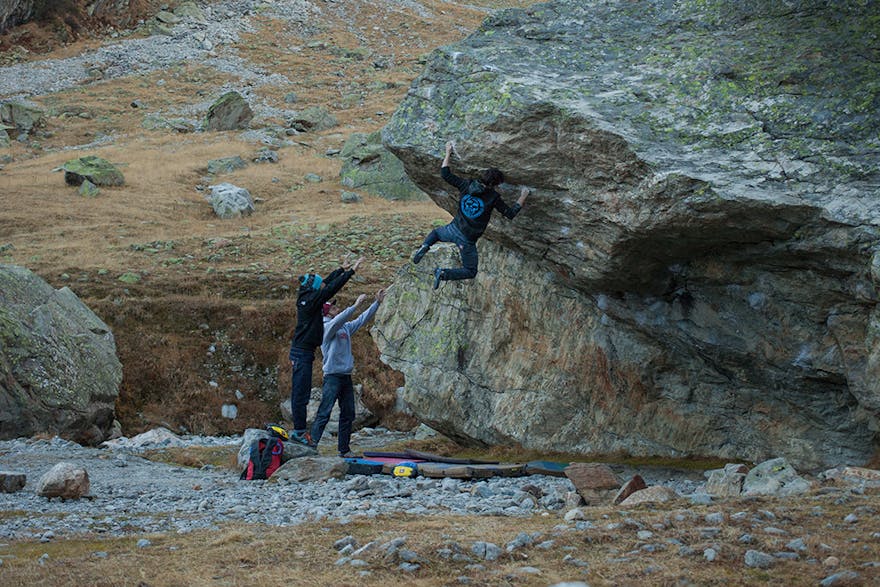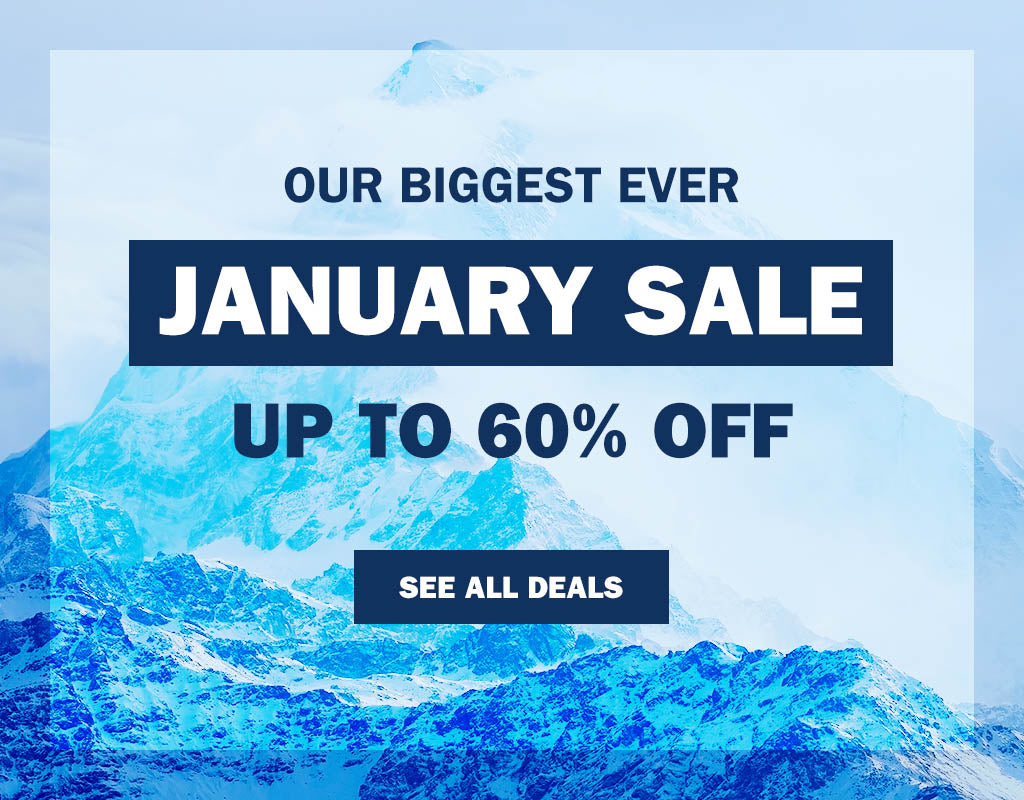Ask any climber what they love about bouldering and we’d stake our chalk bucket that they’d highlight its accessibility and simplicity. After all, you don't need ropes, helmets, hardware or harnesses. In fact, a basic bouldering kit list amounts to a pair of shoes, some chalk and potentially a crash pad (and even that's only needed if you’re outside). This means it’s the climbing variant with the least baggage, by far. ‘Essentials’ for bouldering runs far more into your attitude and approach to the wall than material gear, which is why it’s perfect for introducing adventure into the everyday. But to get you started, we’ve collated some essential bits of kit, basic skills and other advice, so you can get stuck in straight away, indoors or outdoors.
KIT
As highlighted above (and in our advice on how to get started with bouldering) the kit list for this type of climbing is nice and short, which makes it perfect for beginners. That’s not to say that bouldering is easy, though – anyone who’s seen highlights from the IFSC World Cup will appreciate that. But with the kit below, which can be rented from an indoor bouldering wall, you’ll be well prepared to rock up and start climbing.
![Bouldering Essentials]()
Climbing shoes can vary depending on how steep and challenging the terrain you’re tackling is, but for beginners, comfort and support are key. Once you become more proficient and start to ascend steeper, more technical problems, a downturned shoe helps to create the optimal toe position for those climbs, though at the price of comfort.
The other bit of kit you can’t do without, whether you’re indoors or outdoors, is chalk. Nor is it there to simply look dramatic when you clap (though, let’s be honest, it’s half the reason we use it). Chalk helps to improve your grip by counteracting sweat on your palms. Steep, overhanging holds are strenuous work, and you can expect to leave the wall having worked up a sweat – the chalk ensures you don’t fall because of it.
![Bouldering Essentials]()
Bouldering outside presents an increased challenge, and not just because the holds aren’t brightly-coloured plastic – there’s no matted flooring to catch your fall. To that end, a portable crash mat is essential, as well as someone to reposition it as you move – but we’ll get to that.
Tape will not only protect your skin from cuts and grazes, it can offer structural support when your entire body is suspended from a couple of fingers. It’ll help you tackle those steeper gradients and avoid injuring the ligaments and tendons in your fingers before you’ve had a chance to strengthen them. It might also be time to invest in some hand cream – bouldering is going to toughen up your skin.
![Bouldering Essentials]()
Now, this isn’t an essential per se – but if you’re going to get into bouldering, you might as well look the part, right? The most essential qualities of bouldering apparel are that, whatever you wear, it should feel comfortable and offer loads of mobility. Take a look at PrAna's range by way of example. Pants and shorts fit for climbing, comfortable hoodies and tees – they’ve got it all covered.
BASIC SKILLS
One of the beautiful things about bouldering is that it’s fairly intuitive – you just have to get from A to B in the most efficient way possible, using all four limbs. Saying that, making these simple adjustments to your body position will go a long way in making that far, far easier.
![Bouldering Essentials]()
#1 Keep your body as close to the wall as possible
If your centre of mass behind your grip, it’ll put an extra strain on your limbs to keep you upright. The key is to focus on pushing your hips forward and using the sides of your feet rather than your toes.
#2 Straight limbs use less energy than bent ones
Keeping limbs straight ensures that your larger, more energy-hungry muscles don’t have to contract as often. Use your feet to move around a straight arm instead of just pulling yourself up.
#3 Think several moves ahead
bouldering is a lot like chess. You need to think several moves ahead to be successful. Planning a route up the wall will be easier than just clambering on and working it out on the move.
#4 Use all four limbs
This will make bouldering much, much easier. The temptation for a lot of people is to just pull themselves from hold to hold, only stepping onto grips for support. But, for example, your leg muscles are considerably stronger than your arms – so use them.
![Bouldering Essentials]()
SPOTTING
Although climbing down from an indoor wall is often advised, falling down is part of the fun (those matted floors are there for a reason, right?). When you move outdoors, though, the challenge becomes far more pronounced. You can boulder outdoors on your own –it’s one of Steve McClure’s favourite hobbies – but we’d advise going with someone else so you can spot each other.
A spotter’s job is, essentially, to make sure that the climber doesn’t fall onto hard ground. As the climber moves across or up the wall, the spotter must reposition the crash mat directly underneath them, and remain ready to make sure they don’t fall off it. It’s pretty self-explanatory, but keeping your eyes on the climber at all times and maintaining outstretched arms will help to guide them onto the safety of the mat.
WARMING UP FOR BOULDERING
Before you leap into action it’s a good idea to do a quick warm up. Bouldering, and climbing in general, is extremely strenuous, calling on muscles that don’t get used as much in everyday life. Start by moving your body to raise your heart rate and warm up, think jumping jacks, high knees and others like that.
Next you will want to spend some time dynamically stretching, focusing on your legs, hips, back, shoulders and arms. Particularly your forearms, which will take a beating if you are new to bouldering. Lastly it’s always a good idea to start with some easy climbs. It can be tempting to jump into challenging routes while you are fresh, but warming up on a couple of easier routes will help activate your muscles and reduce the risk of injury.
BOULDERING EQUIPMENT LIST
To wrap it all up here is a complete list of everything you need to go bouldering:
Shoes
Chalk
Crash Pad (if outside)
Finger Tape
OPTIONAL EXTRAS
Bouldering Brush
Resistance bands for warming up
Skin Care (hand cream and an emery board)
Images: 1: Aurora Photos; 2: Belmez; 3: Square space; 4: Roots rated; 5: F7 City; 6: Paul; 7: Epic TV
